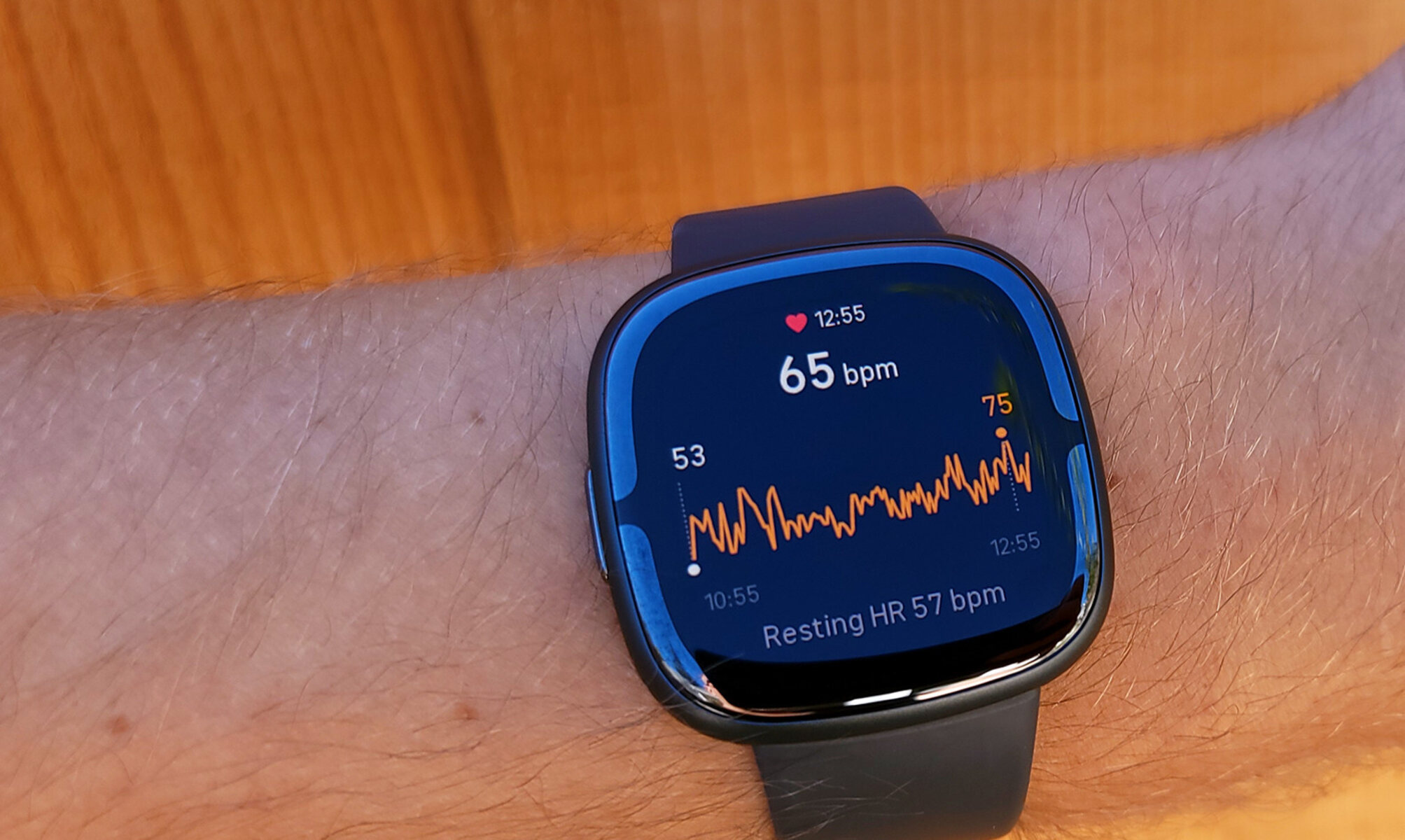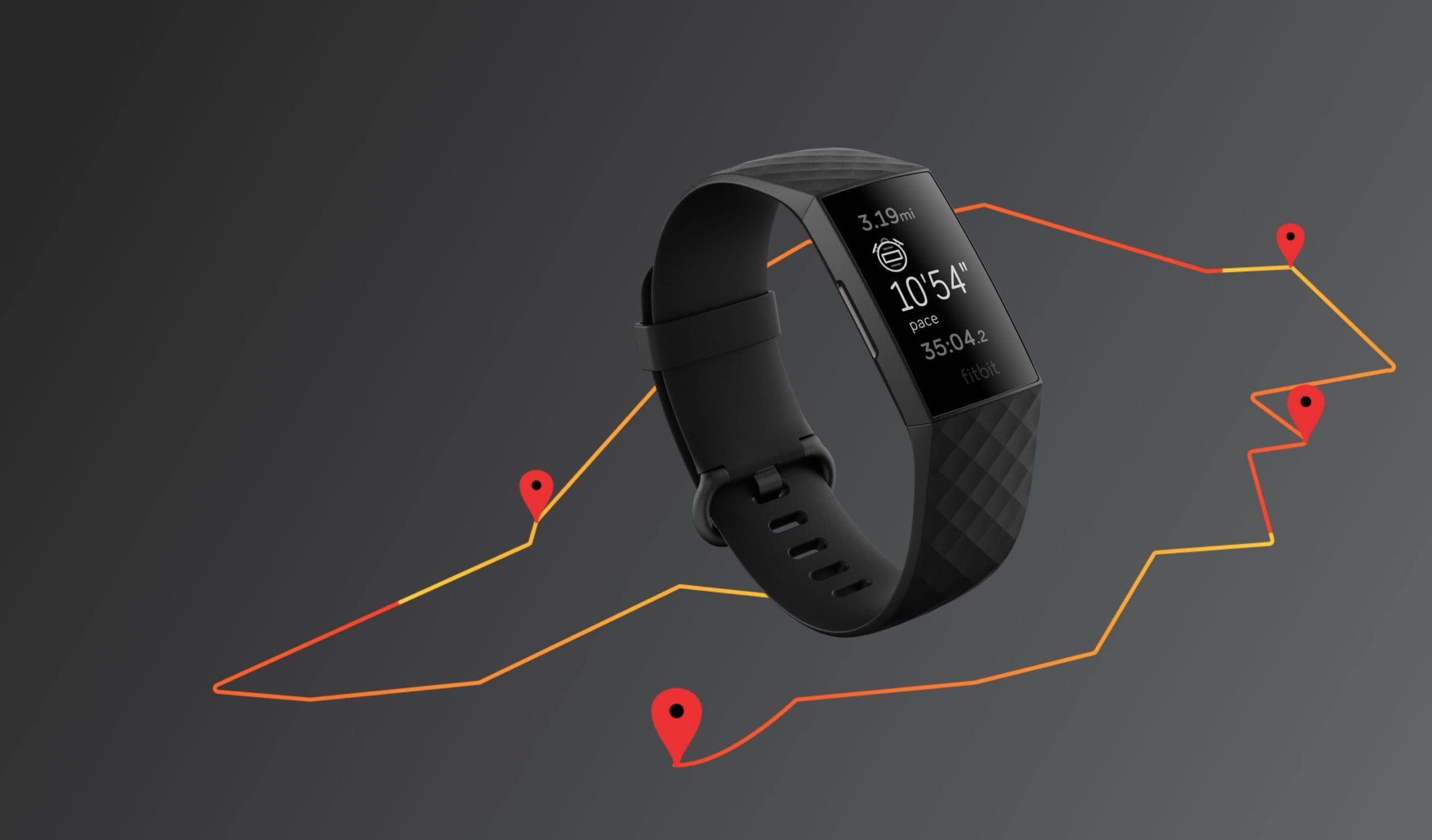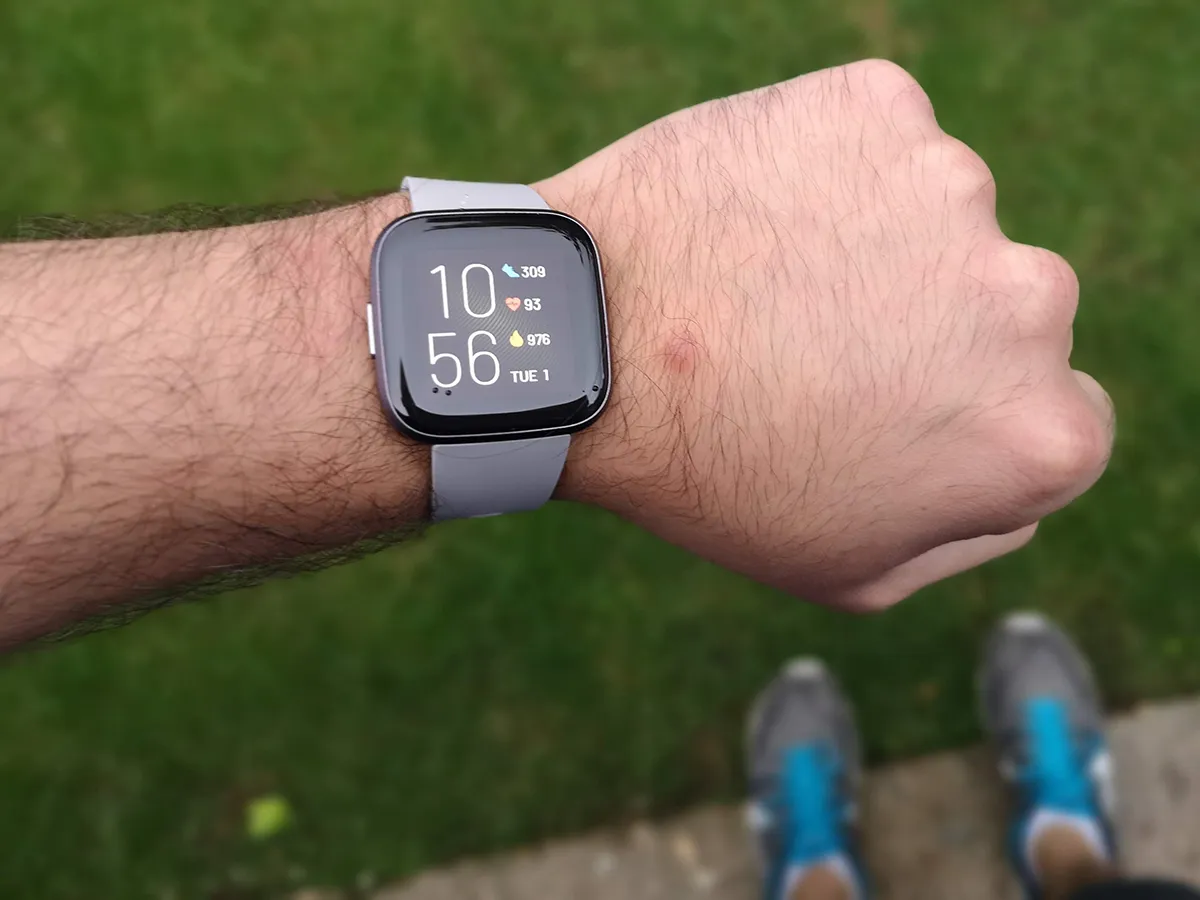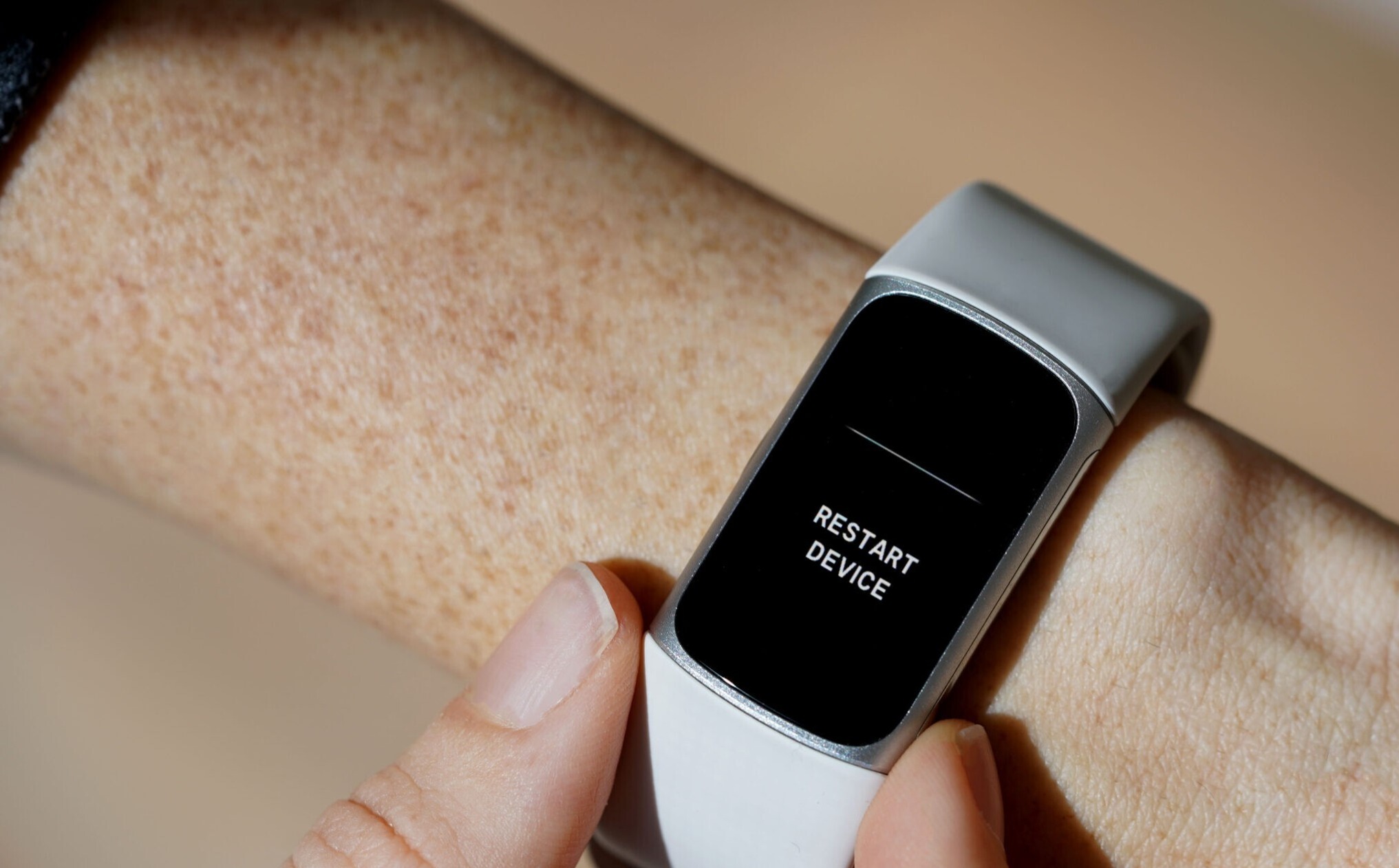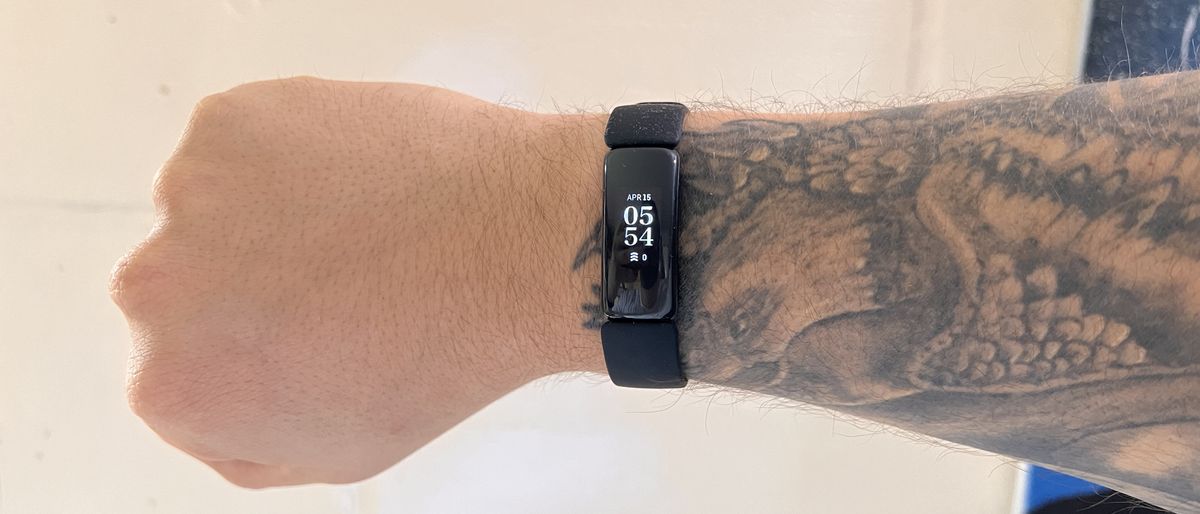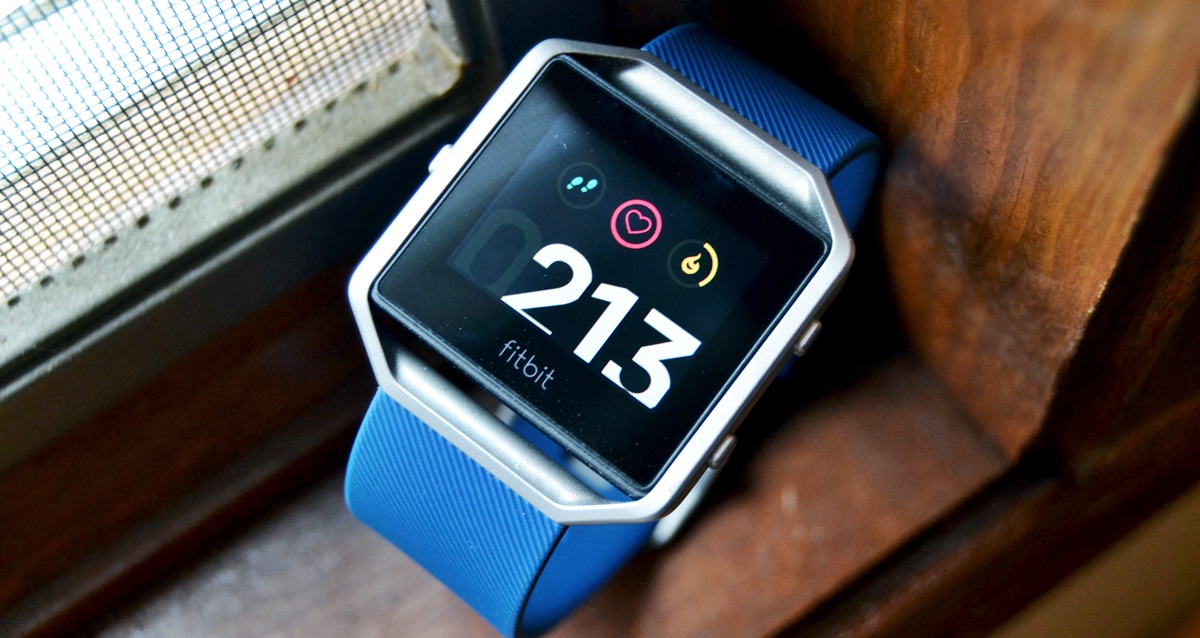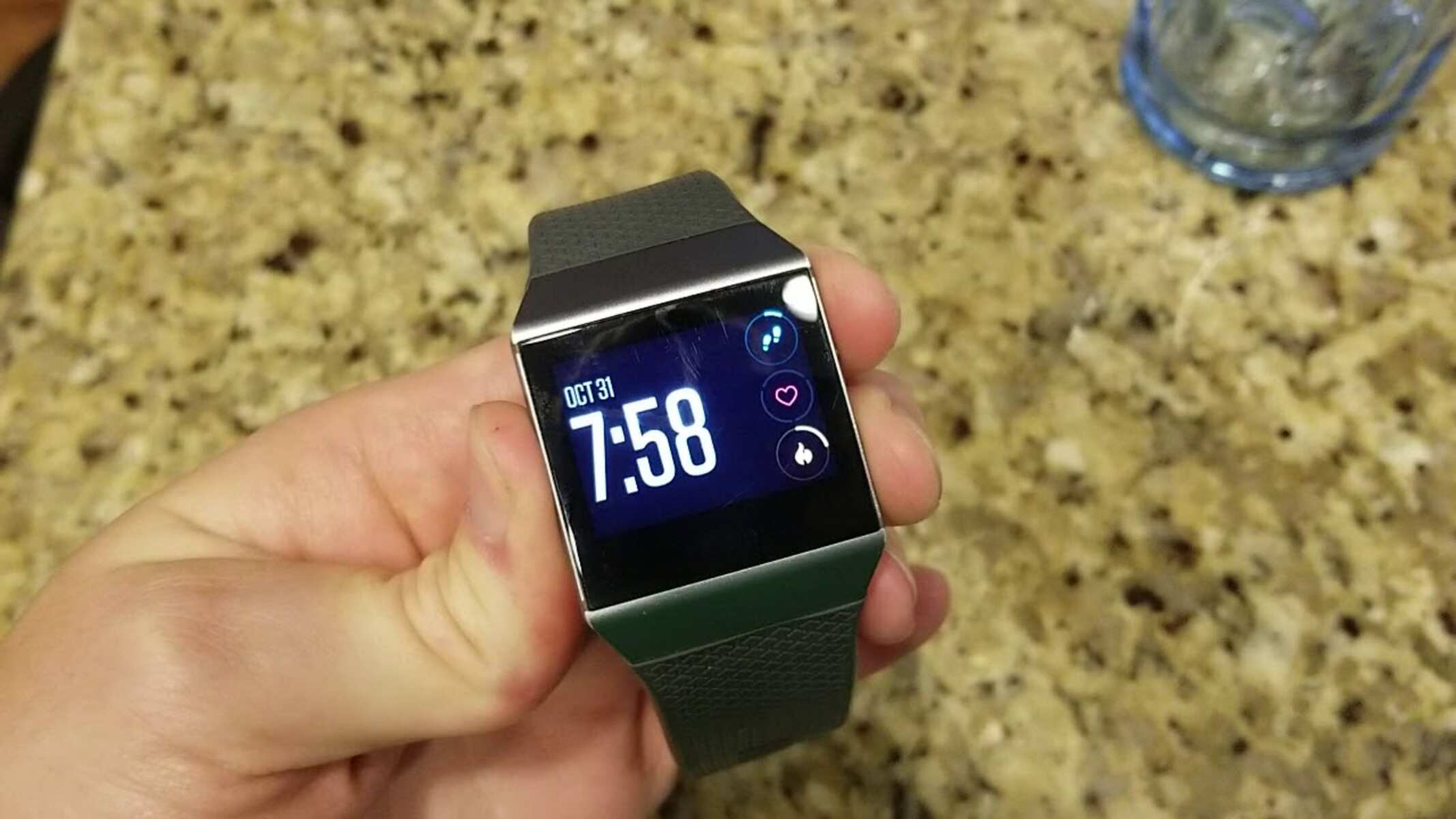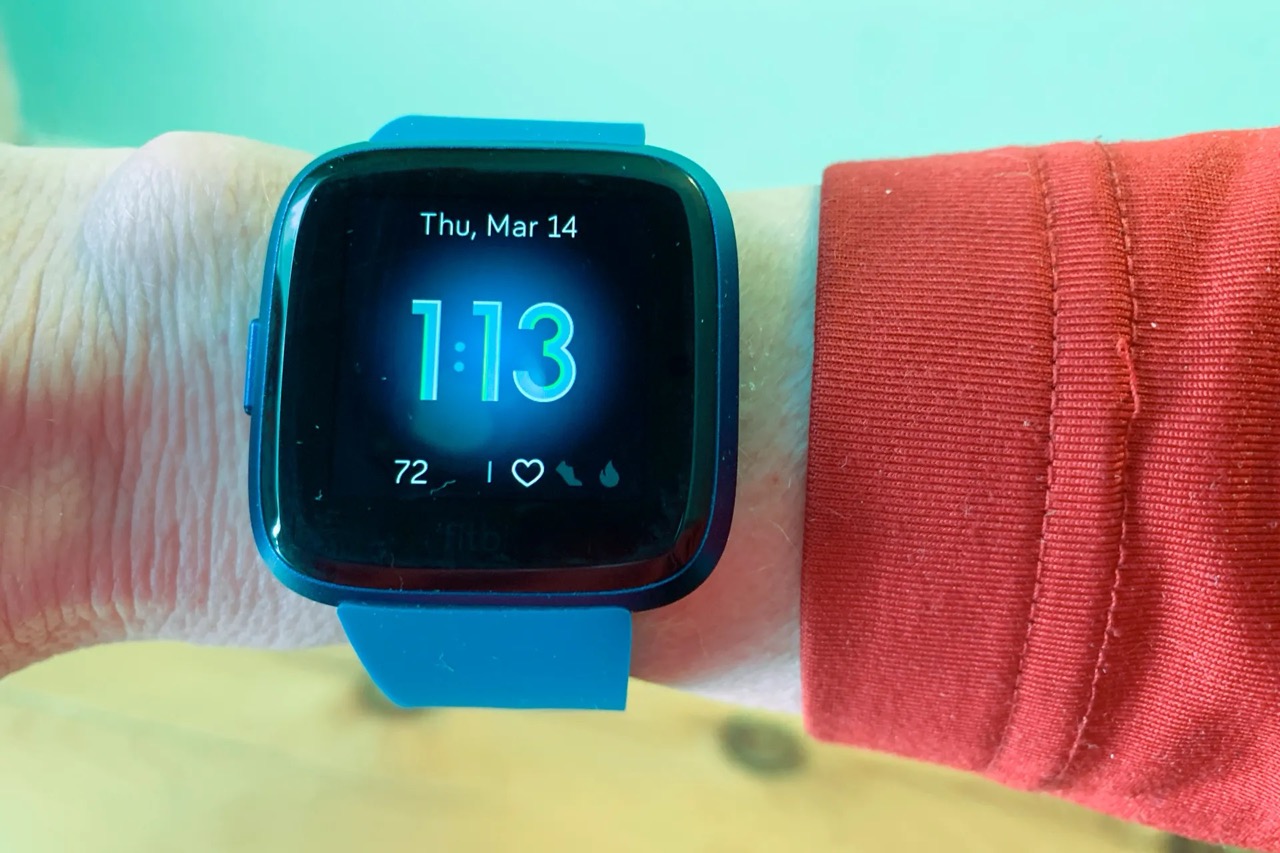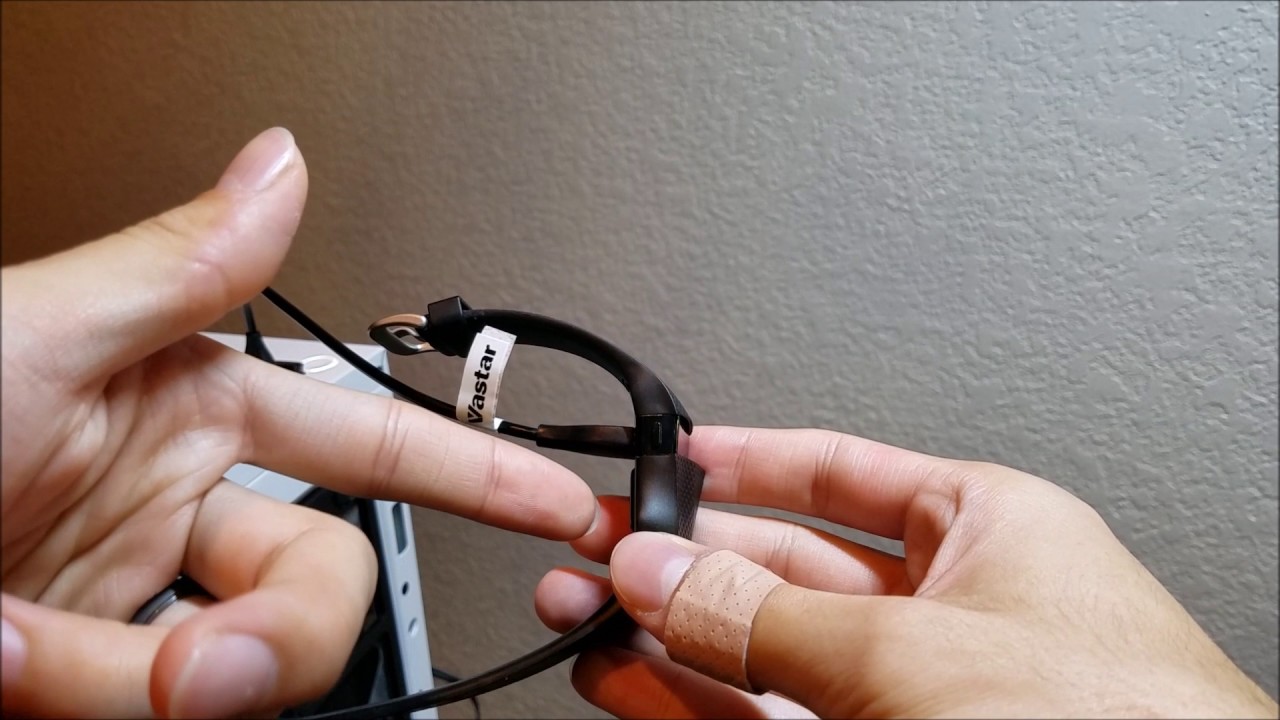Introduction
Wearable technology has revolutionized the way we monitor our health and fitness, and Fitbit is at the forefront of this movement. With its sleek design and advanced features, Fitbit has become a popular choice for individuals seeking to track their daily activity, exercise, and even their heart rate. However, as with any technology, there can be occasional hiccups, especially when it comes to heart rate monitoring.
In this comprehensive guide, we will delve into the intricacies of troubleshooting heart rate issues on your Fitbit device. Whether you're an avid fitness enthusiast, a casual user, or someone who simply wants to ensure accurate heart rate tracking, this article is designed to provide you with valuable insights and practical solutions.
Understanding the importance of heart rate monitoring is crucial, as it serves as a key indicator of overall cardiovascular health and fitness levels. Fitbit's heart rate tracking feature allows users to gain real-time insights into their heart rate zones during various activities, providing a comprehensive overview of their physical exertion and recovery.
However, despite the advanced technology packed into these devices, users may encounter occasional discrepancies or irregularities in heart rate readings. These "heart rate hiccups" can be frustrating and may lead to inaccurate data, potentially impacting the overall effectiveness of your fitness regimen.
By addressing these common heart rate issues and providing practical troubleshooting tips, this guide aims to empower Fitbit users to optimize their heart rate monitoring experience. Whether you're encountering sporadic spikes, inconsistent readings, or other anomalies, rest assured that this article will equip you with the knowledge and strategies to overcome these challenges.
So, let's embark on this journey to unravel the mysteries of heart rate monitoring on your Fitbit device and pave the way for a smoother and more accurate tracking experience. Whether you're a seasoned Fitbit user or a newcomer to the world of wearable fitness technology, this guide is tailored to enhance your understanding and mastery of heart rate monitoring with Fitbit.
Understanding Heart Rate Monitoring on Fitbit
Heart rate monitoring is a pivotal feature of Fitbit devices, providing users with valuable insights into their cardiovascular health and exercise intensity. Fitbit's cutting-edge technology utilizes optical heart rate sensors, strategically positioned on the underside of the device, to detect blood volume changes in the wrist. This innovative approach allows for continuous and non-invasive heart rate tracking, enabling users to stay informed about their heart rate zones and overall exertion levels.
Fitbit's heart rate monitoring feature operates on the principle of photoplethysmography (PPG), a sophisticated method that measures blood volume changes by emitting and capturing light from the skin. This process enables the device to detect the subtle pulsations caused by the heart's contractions, ultimately translating these signals into accurate heart rate readings.
The heart rate data collected by Fitbit devices serves multiple purposes, including assessing overall fitness levels, tracking workout intensity, and providing valuable insights into rest and recovery periods. By leveraging this information, users can gain a comprehensive understanding of their cardiovascular health and make informed decisions to optimize their fitness routines.
Furthermore, Fitbit's heart rate monitoring extends beyond exercise tracking, offering continuous insights into heart rate variability (HRV) and resting heart rate. These metrics are instrumental in evaluating overall cardiovascular health, stress levels, and recovery patterns. By monitoring changes in resting heart rate and HRV, users can gauge their body's response to physical activity, stress, and other external factors, thereby empowering them to make proactive adjustments to their lifestyle and exercise regimens.
Fitbit's commitment to accuracy and reliability is evident in its continuous advancements in heart rate monitoring technology. The integration of machine learning algorithms and advanced signal processing techniques further enhances the precision of heart rate data, ensuring that users receive consistent and dependable readings throughout their fitness journey.
In summary, heart rate monitoring on Fitbit devices transcends traditional tracking by offering a comprehensive and insightful approach to cardiovascular health and fitness. By harnessing the power of cutting-edge technology and sophisticated algorithms, Fitbit empowers users to gain a deeper understanding of their heart rate patterns, exercise intensity, and overall well-being.
Understanding the intricacies of heart rate monitoring on Fitbit lays the foundation for effectively addressing common heart rate issues and optimizing the accuracy of heart rate tracking, as we will explore in the following sections.
Common Heart Rate Issues
-
Sporadic Spikes and Drops: Fitbit users may encounter instances where their heart rate readings exhibit sudden spikes or drops during periods of rest or low-intensity activity. These irregular fluctuations can be perplexing and may lead to inaccurate representations of the user's actual heart rate patterns.
-
Inconsistent Readings During Exercise: Another common issue involves erratic heart rate readings during physical exercise. Users may notice abrupt fluctuations in their heart rate data, deviating from their expected exertion levels, thereby impacting the accuracy of their workout intensity assessment.
-
Challenges with High-Intensity Workouts: Intense physical activities, such as high-intensity interval training (HIIT) or weightlifting, can pose challenges for heart rate monitoring. Fitbit devices may struggle to accurately capture rapid changes in heart rate during these demanding workouts, leading to potential discrepancies in the recorded data.
-
Interference and Environmental Factors: External factors, such as ambient light, skin tone, and proper device placement, can influence the accuracy of heart rate readings. Interference from environmental conditions or improper wearing of the device may contribute to inconsistent or unreliable heart rate data.
-
Skin Contact and Motion Artifacts: Fitbit's optical heart rate sensors rely on consistent skin contact and minimal motion artifacts to capture accurate readings. However, factors such as sweat, movement, or improper fit of the device may introduce disturbances that affect the precision of heart rate monitoring.
Addressing these common heart rate issues is essential to ensure the reliability and accuracy of heart rate tracking on Fitbit devices. By understanding the underlying causes of these challenges, users can implement effective troubleshooting strategies to enhance their heart rate monitoring experience and optimize the overall utility of their Fitbit devices.
Troubleshooting Heart Rate Hiccups
Addressing heart rate hiccups on your Fitbit device requires a systematic approach aimed at identifying potential causes and implementing practical solutions to enhance the accuracy and reliability of heart rate monitoring. By navigating through the following troubleshooting strategies, users can effectively mitigate common heart rate issues and optimize their overall tracking experience.
-
Ensure Proper Device Placement: Proper placement of the Fitbit device is crucial for accurate heart rate monitoring. Ensure that the device is snugly positioned on your wrist, approximately one finger's width above the wrist bone. A secure and comfortable fit minimizes motion artifacts and promotes consistent skin contact, facilitating reliable heart rate readings.
-
Optimize Wrist Contact: Maintaining consistent skin contact is imperative for reliable heart rate tracking. Adjust the tightness of the device to ensure a snug fit without causing discomfort. Additionally, minimizing movement and ensuring the device remains in place during physical activities can significantly reduce motion artifacts and enhance the precision of heart rate readings.
-
Minimize Environmental Interference: External factors, such as ambient light and skin tone, can impact the accuracy of heart rate monitoring. In brightly lit environments, ensure that the device's sensors are not exposed to excessive light, which may interfere with the optical heart rate tracking. Moreover, consider adjusting the device's position on the wrist to minimize potential interference from skin tone variations.
-
Stay Hydrated and Manage Sweat: Intense workouts or high levels of perspiration can affect the reliability of heart rate readings. Staying adequately hydrated and managing sweat during exercise can help maintain consistent skin contact with the device's sensors, reducing the likelihood of erratic heart rate data caused by moisture-related issues.
-
Monitor Device Firmware Updates: Fitbit regularly releases firmware updates to enhance the performance and accuracy of its devices. Ensure that your Fitbit device is running the latest firmware version to leverage potential improvements in heart rate monitoring algorithms and signal processing, thereby optimizing the overall tracking experience.
By implementing these troubleshooting strategies, users can proactively address heart rate hiccups and elevate the accuracy of heart rate monitoring on their Fitbit devices. These practical approaches empower users to overcome common challenges and unlock the full potential of their Fitbit's heart rate tracking capabilities.
Tips for Improving Heart Rate Accuracy
Enhancing the accuracy of heart rate monitoring on your Fitbit device involves a combination of mindful practices and strategic adjustments aimed at optimizing the precision of heart rate readings. By incorporating the following tips into your daily routine, you can proactively improve the reliability and consistency of heart rate tracking, ultimately maximizing the utility of your Fitbit device.
1. Prioritize Proper Fit and Placement
Ensuring that your Fitbit device is securely positioned on your wrist, with minimal movement and consistent skin contact, is fundamental to improving heart rate accuracy. Take the time to adjust the device for a snug fit, approximately one finger's width above the wrist bone, to minimize motion artifacts and promote reliable heart rate readings.
2. Leverage Exercise-Specific Settings
Fitbit devices offer exercise-specific settings that cater to different workout intensities and activities. Utilize these settings to optimize heart rate tracking based on the nature of your exercise. For instance, activating the "Workout Mode" or "Exercise" feature can enhance the device's sensitivity to changes in heart rate during physical activities, resulting in more precise monitoring.
3. Monitor Skin Hydration and Device Contact
Maintaining adequate skin hydration and ensuring consistent contact between the device's sensors and your skin are pivotal for accurate heart rate monitoring. Dry skin or excessive moisture can impact the device's ability to capture reliable heart rate data. By managing skin hydration and minimizing sweat during workouts, you can mitigate potential disturbances and improve the overall accuracy of heart rate readings.
4. Stay Informed About Device Updates
Regularly checking for firmware updates and ensuring that your Fitbit device is running the latest software version is crucial for optimizing heart rate accuracy. Firmware updates often include enhancements to heart rate monitoring algorithms and signal processing, addressing potential issues and refining the device's tracking capabilities. Staying informed about updates ensures that you leverage the latest advancements in heart rate technology.
5. Adjust Device Position for High-Intensity Workouts
During high-intensity workouts, such as interval training or weightlifting, consider adjusting the position of your Fitbit device to minimize potential interference and optimize heart rate accuracy. Experiment with different wrist positions to determine the optimal placement that maintains consistent skin contact and reduces motion artifacts, thereby enhancing the precision of heart rate monitoring during demanding exercises.
By integrating these tips into your daily routine and fitness regimen, you can proactively enhance the accuracy of heart rate monitoring on your Fitbit device, empowering you to make informed decisions about your cardiovascular health and exercise intensity. These practical strategies serve as valuable tools for maximizing the utility of your Fitbit's heart rate tracking capabilities, ensuring that you receive reliable and consistent heart rate data throughout your fitness journey.
Conclusion
In conclusion, troubleshooting heart rate issues on your Fitbit device is an essential endeavor that empowers users to optimize the accuracy and reliability of their heart rate monitoring experience. By understanding the intricacies of heart rate monitoring on Fitbit, identifying common heart rate issues, and implementing practical troubleshooting strategies, users can effectively overcome challenges and elevate the utility of their devices.
The journey to unraveling heart rate hiccups begins with a comprehensive understanding of Fitbit's heart rate monitoring technology. By delving into the principles of photoplethysmography (PPG) and the advanced algorithms integrated into Fitbit devices, users gain valuable insights into the sophisticated mechanisms that underpin heart rate tracking. This foundational knowledge serves as a springboard for addressing common heart rate issues and optimizing the overall accuracy of heart rate monitoring.
Common heart rate issues, such as sporadic spikes and drops, inconsistent readings during exercise, and challenges with high-intensity workouts, are prevalent among Fitbit users. Additionally, factors like interference from environmental conditions, skin contact, and motion artifacts can contribute to irregularities in heart rate readings. By acknowledging these challenges, users can proactively navigate through troubleshooting strategies aimed at enhancing the precision of heart rate tracking.
Practical tips for improving heart rate accuracy provide users with actionable guidance to elevate the reliability of their Fitbit devices. Prioritizing proper fit and placement, leveraging exercise-specific settings, monitoring skin hydration and device contact, staying informed about device updates, and adjusting device position for high-intensity workouts are instrumental in refining the accuracy of heart rate monitoring. These tips empower users to proactively optimize their heart rate tracking experience, ensuring consistent and dependable heart rate data.
In essence, troubleshooting heart rate hiccups on Fitbit transcends mere technical adjustments; it embodies a proactive approach to enhancing the overall fitness and wellness journey. By navigating through the complexities of heart rate monitoring and implementing practical strategies, users can harness the full potential of their Fitbit devices, gaining valuable insights into their cardiovascular health and exercise intensity.
As users embark on their quest for accurate and reliable heart rate tracking, the knowledge and strategies presented in this guide serve as invaluable companions, empowering them to overcome challenges and elevate the utility of their Fitbit devices. With a deeper understanding of heart rate monitoring and the tools to address common issues, users are poised to embark on a seamless and rewarding fitness journey, equipped with the confidence that their Fitbit devices deliver consistent and dependable heart rate data.
By infusing these insights into their daily routines, users can embrace the transformative power of accurate heart rate monitoring, making informed decisions that propel them toward their fitness and wellness goals. As the world of wearable fitness technology continues to evolve, the ability to troubleshoot heart rate hiccups on Fitbit devices stands as a testament to the user's proactive commitment to optimizing their health and well-being.







